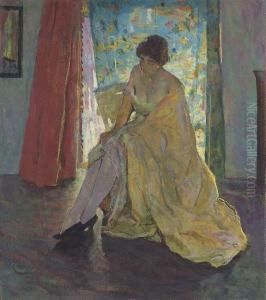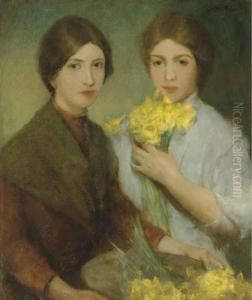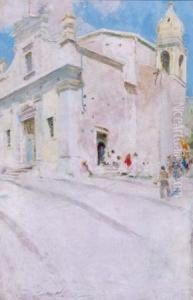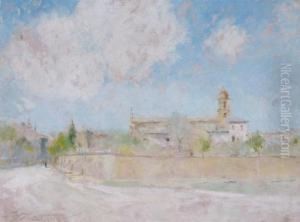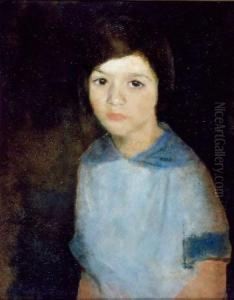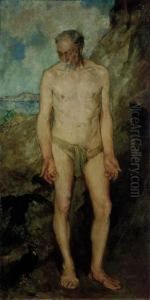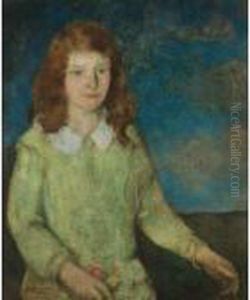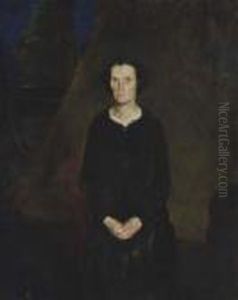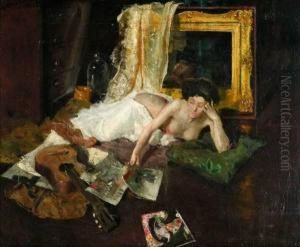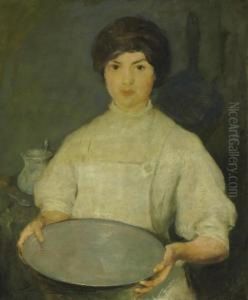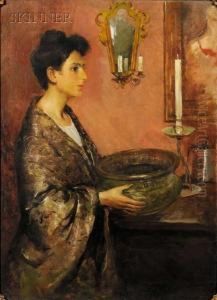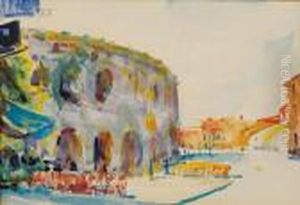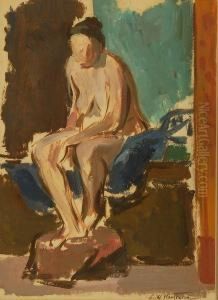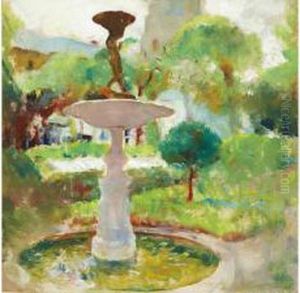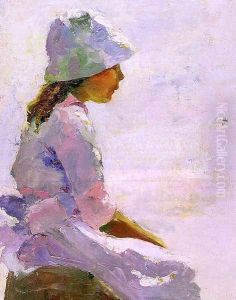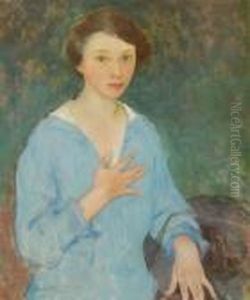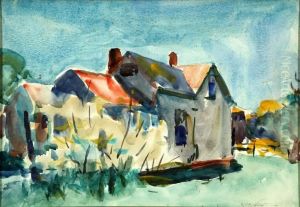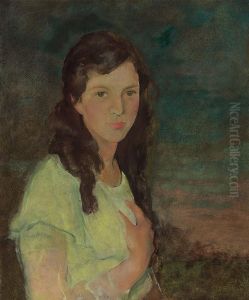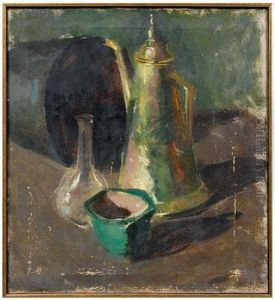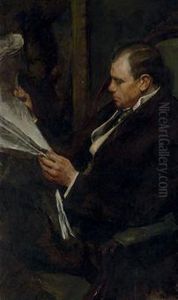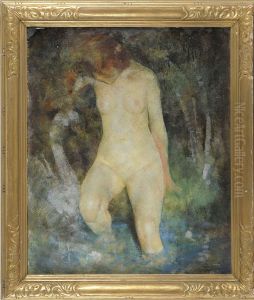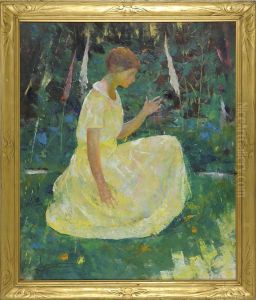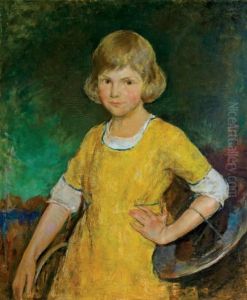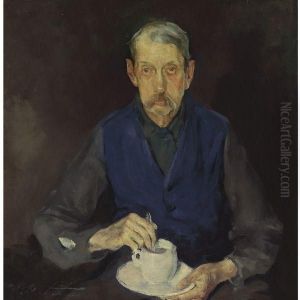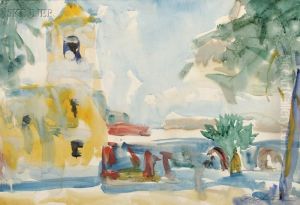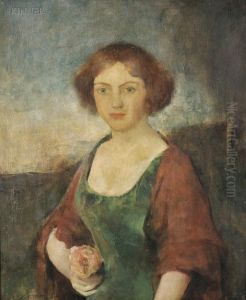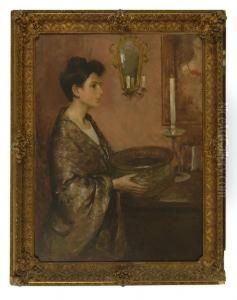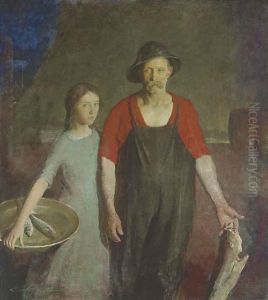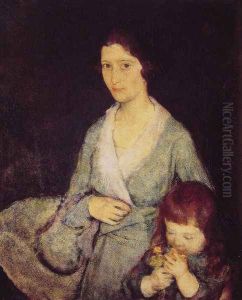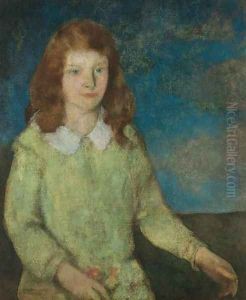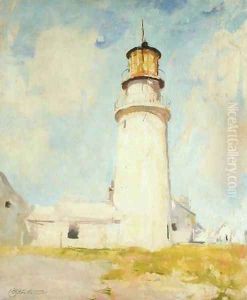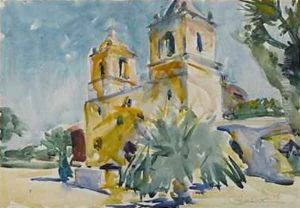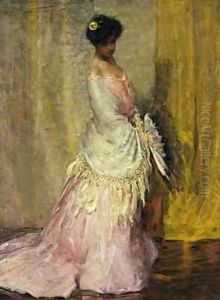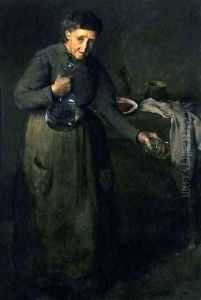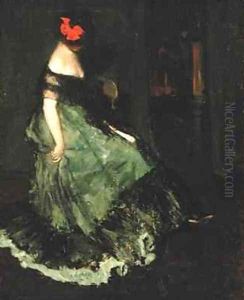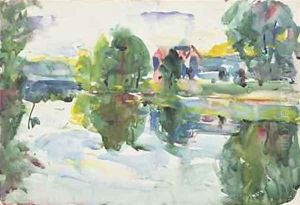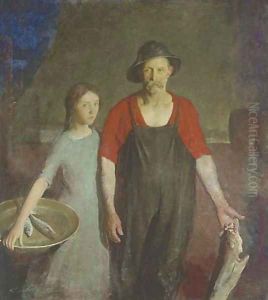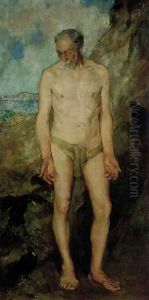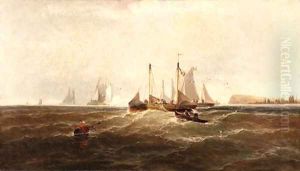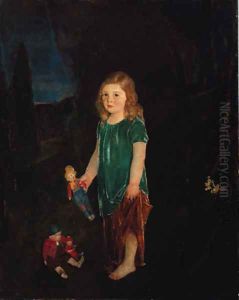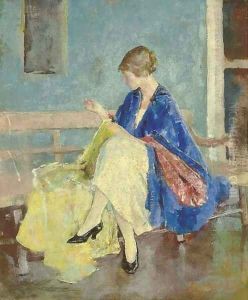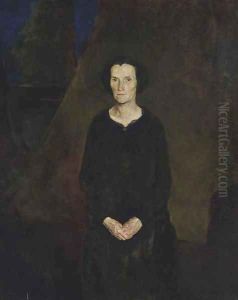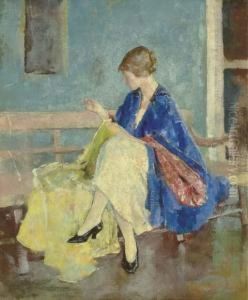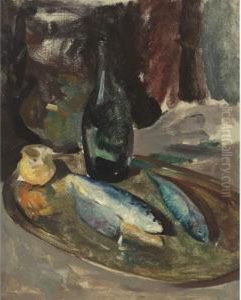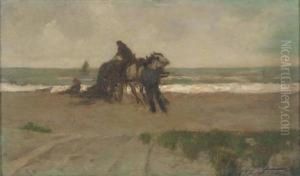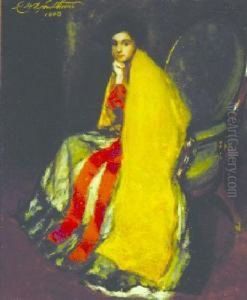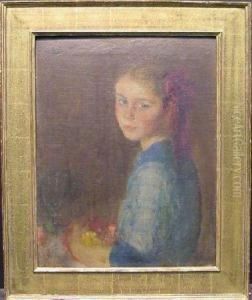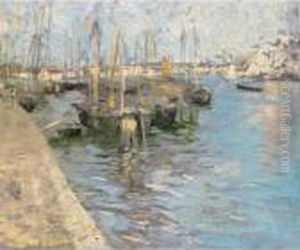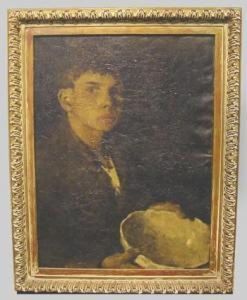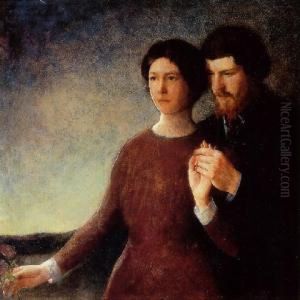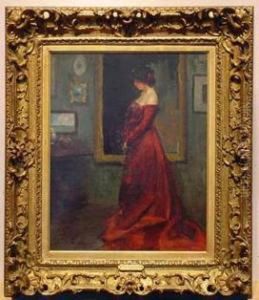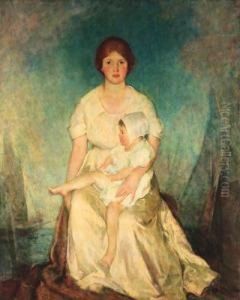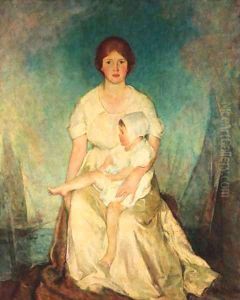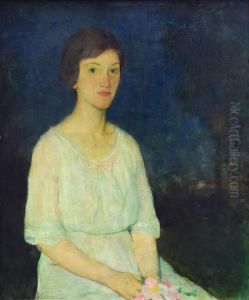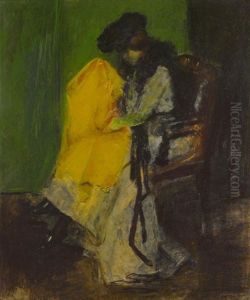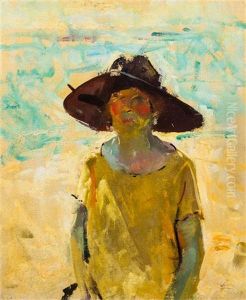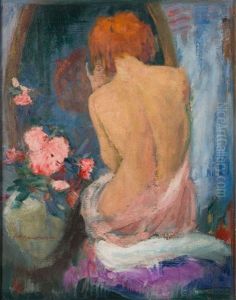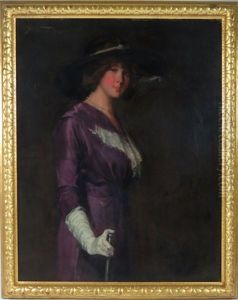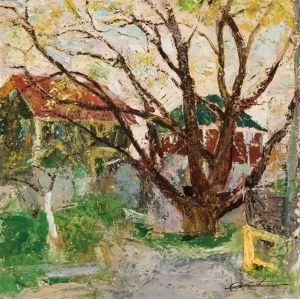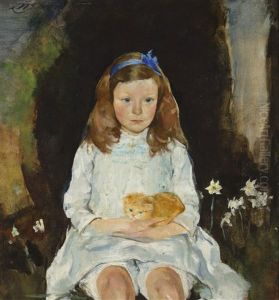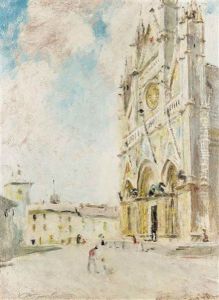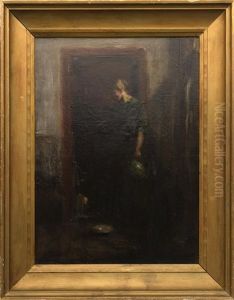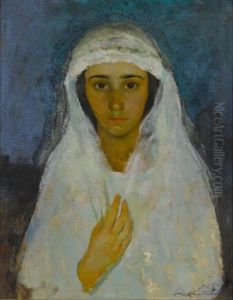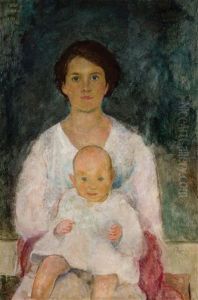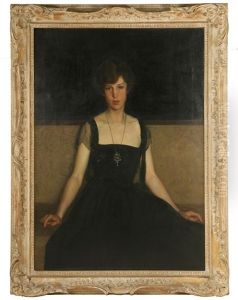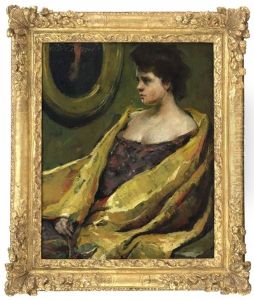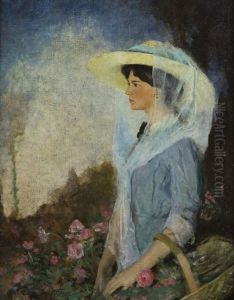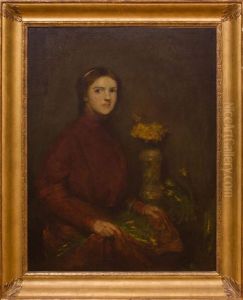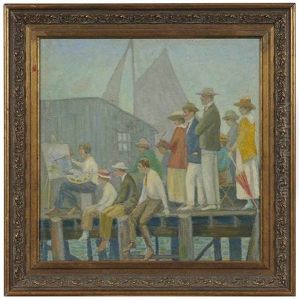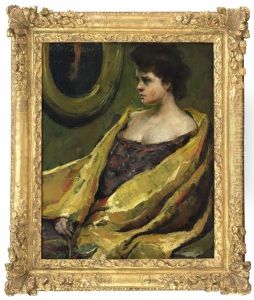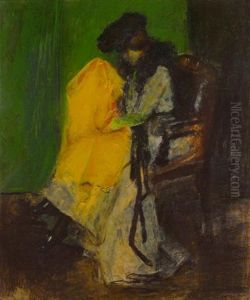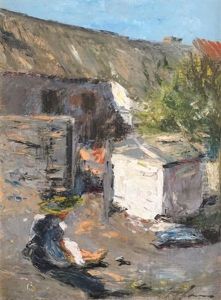Charles Webster Hawthorne Paintings
Charles Webster Hawthorne was an American painter and teacher, known for his portraits and genre paintings. He was born on January 1, 1872, in Lodi, Illinois, and moved to Maine with his family when he was a child. Hawthorne showed an early interest in art and, after working in a variety of jobs, he decided to pursue an artistic career by moving to New York City in 1890.
In New York, Hawthorne became a student of William Merritt Chase at the National Academy of Design and later at Chase's own Shinnecock Hills Summer School of Art. Under Chase's tutelage, Hawthorne developed his skills in painting and drawing, and he was particularly influenced by Chase's vibrant style and emphasis on plein air painting.
Hawthorne's own style began to emerge as he focused on capturing the effects of light and atmosphere in his work. He became well known for his powerful and empathetic portraits of the working-class citizens, particularly the fishermen and their families from the Cape Cod area. In 1899, he established his own summer school of art in Provincetown, Massachusetts, which became the Cape Cod School of Art. This school was one of the first to advocate for painting outdoors directly from life, which was a central tenet of American Impressionism.
The Cape Cod School of Art attracted students from all over the United States, and Hawthorne's teaching style had a profound impact on a generation of artists. He encouraged his students to paint with a bold brush and to use color to capture the essence of their subjects. Some of his notable students included Max Bohm, Richard E. Miller, and Hans Hofmann, who later became an influential abstract expressionist.
Throughout his career, Hawthorne received numerous awards and exhibited his work widely, including at the Carnegie Institute, the Corcoran Gallery of Art, and the Pennsylvania Academy of the Fine Arts. His work is part of many important museum collections, such as the Metropolitan Museum of Art and the Smithsonian American Art Museum.
Charles W. Hawthorne passed away on November 29, 1930, in Baltimore, Maryland. His legacy lives on through his contributions to American art and the generations of artists he influenced through his teaching.
